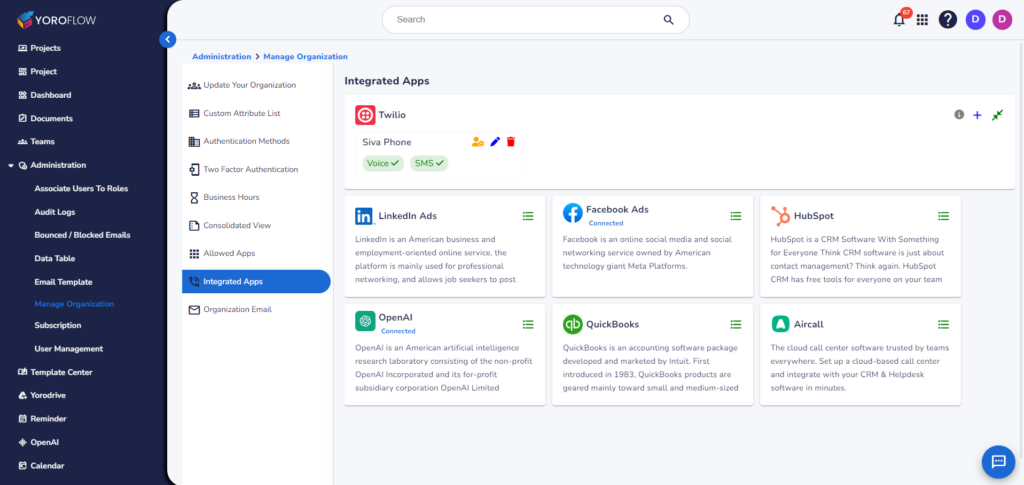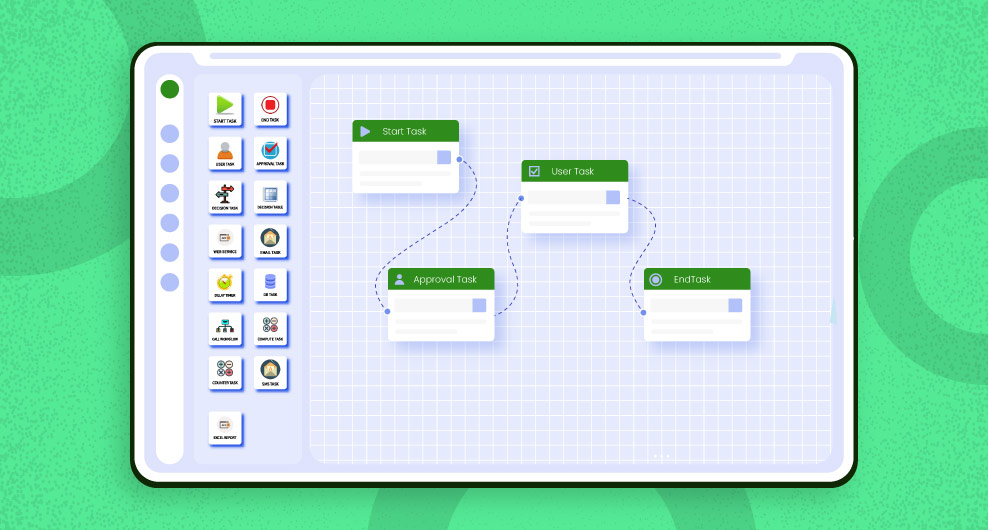Table of Contents
In the dynamic realm of digital productivity, Form Automation Software has emerged as a game-changer, reshaping how businesses manage data and streamline operations. This article investigates the nuances of Form Automation Software, shedding light on its functionalities and benefits, while offering key insights into optimizing its usage for maximum efficiency. As a transformative tool, it eliminates manual data entry, reducing errors, and accelerating processes.
The article emphasizes the importance of understanding the software’s intricacies to harness its full potential. By delving into customization options, integration with workflow and project management tools, and continuous improvement strategies, businesses can ensure they are not only automating tasks but also refining their entire operational workflows for sustained success in the evolving digital landscape.
Understanding Form Automation Software
Form Automation Software serves as the linchpin for workflow automation, enabling organizations to transition from manual data entry to streamlined, automated processes. Specifically designed for creating, managing, and optimizing web forms, these tools offer seamless integration with features like drag-and-drop builder. Businesses benefit from the effortless customization of forms tailored to their unique requirements. This web-based solution efficiently automates repetitive tasks, minimizing errors, and significantly boosting overall efficiency. The result is considerable time and resource savings, allowing teams to redirect their efforts towards more strategic initiatives. In essence, Form Automation Software not only simplifies data management but also contributes to a more productive and error-free operational environment for organizations navigating the demands of the digital age.
The Power of Automation Tools
Form Automation Software goes beyond being a standalone tool, seamlessly integrating with workflow automation software to provide a comprehensive solution for businesses aiming to boost operational efficiency. This integration creates a synergistic relationship between form automation and workflow automation, forming the backbone of sophisticated business workflows. The collaborative power of these tools ensures a seamless flow of information, linking data collected through forms directly into broader project workflows. This holistic approach not only streamlines processes but also enhances collaboration and communication within teams. Businesses leveraging this integrated solution experience a transformative impact on their overall productivity, as the integration of form automation with workflow automation becomes paramount in navigating the complexities of modern digital operations.
Advantages of Form Automation Software
Efficiency and Time Savings
Form Automation Software revolutionizes data management by eliminating manual data entry, minimizing errors, and accelerating processes. This enhanced efficiency translates directly into time savings, empowering teams to redirect their focus towards more strategic and value-driven tasks. By automating repetitive data-related tasks, businesses unlock a new level of productivity, allowing for a seamless transition from labor-intensive processes to a more strategic and streamlined approach.
Customization and Flexibility
Form builder, offering drag-and-drop functionality, empowers businesses to craft customized forms effortlessly, eliminating the necessity for intricate coding skills.

This adaptability guarantees precise alignment with the distinct demands of various projects and workflows. This streamlined approach not only enhances efficiency but also ensures that the generated forms seamlessly integrate into the specific context of each undertaking, promoting a more agile and responsive operational environment.
Enhanced Data Accuracy
Automation tools play a pivotal role in ensuring data consistency and accuracy by eliminating the inherent risks associated with manual data entry. This heightened reliability is paramount for decision-making processes, safeguarding data integrity throughout workflows. The elimination of human errors not only enhances operational efficiency but also instills confidence in the accuracy of information, empowering businesses to make informed decisions based on a solid foundation of dependable data.
Mastering the Usage
Integration with Project and Task Management Tools
To harness the full potential of Form Automation Software, it is imperative for businesses to seamlessly integrate these tools with project and task management platforms. This integration facilitates a fluid exchange of information, directly incorporating data collected through forms into broader project workflows. Connecting these vital components optimizes efficiency, streamlines processes, and cultivates a cohesive work environment, ultimately boosting overall productivity.

Optimizing Business Workflows
Mastering form automation hinges on a profound comprehension of business workflows. Identifying repetitive tasks and bottlenecks within processes is crucial. Leveraging automation tools allows businesses to meticulously optimize and streamline these workflows, enhancing efficiency and productivity. This strategic approach ensures that the implementation of form automation aligns seamlessly with the unique intricacies of organizational processes, unlocking the full potential of these transformative tools.
Collaboration and Communication
Form Automation Software is a catalyst for collaboration, promoting seamless information exchange among team members. Through integration with communication tools, this software ensures real-time updates reach pertinent stakeholders, fostering a dynamic and collaborative work environment. The synergy between automated forms and communication tools not only expedites data sharing but also enhances team cohesion, enabling swift responses to evolve tasks and maintaining a synchronized workflow.
Continuous Improvement
Becoming proficient in Form Automation Software requires an unwavering commitment to continuous improvement. Businesses must prioritize regular reviews and fine-tuning of forms and workflows to remain adaptable in the face of evolving needs and technological advancements. This ongoing dedication is crucial, ensuring organizations not only optimize existing processes but also stay ahead in the dynamic digital landscape. By embracing a culture of constant refinement, businesses not only enhance the efficiency of their operations but also position themselves as agile and responsive entities. In a world where digital transformation is the norm, achieving expertise in Form Automation Software becomes a strategic imperative, enabling businesses to navigate complexities, boost productivity, and future-proof their workflows.
Conclusion
In the digital transformation age, Form Automation Software is pivotal for organizations aiming to boost efficiency, accuracy, and overall productivity. Mastery of these tools allows businesses to not only automate routine tasks but also optimize their entire workflow. The seamless integration of Form Automation Software with project management tools, task management software, and other automation tools establishes a cohesive ecosystem.
This integration not only streamlines operations but also propels businesses towards sustained success in the swiftly evolving digital landscape. As organizations navigate the complexities of modern business, Form Automation Software emerges as a linchpin, empowering them to harness the full potential of automation, enhance collaboration, and stay agile in an era defined by technological advancement.




